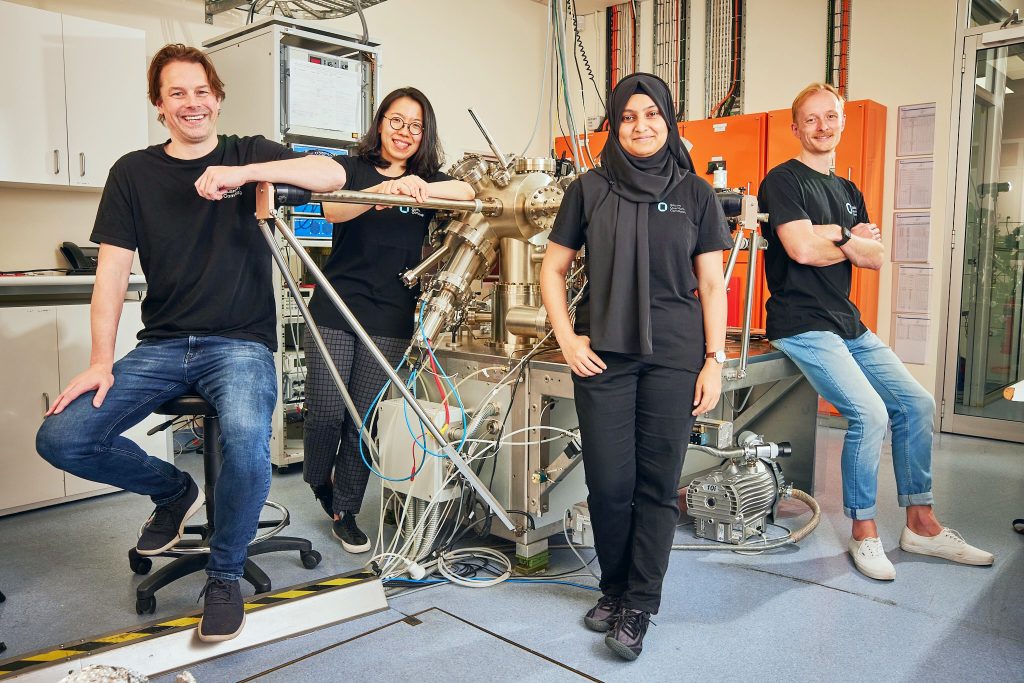Atomic precision experiments redefine our understanding of quantum tunnelling
Sydney, Australia, 8 March 2023 – SQC’s precision control of tunnelling experiments combined with multi-scale modelling has revealed that physicists’ understanding of quantum tunnel barriers was wrong.
Key to engineering high fidelity quantum processors is the ability to control quantum tunnelling across every aspect of the device operation. This not only includes qubit entanglement, where we have shown our ability to perform incredibly fast 2-qubit gates, but also the ability to read-out and initialise qubits with high fidelity (http://dx.doi.org/10.1126/sciadv.abq0455; http://dx.doi.org/10.1088/1367-2630/ab242c; http://dx.doi.org/10.1103/PhysRevX.9.041003; http://dx.doi.org/10.1103/prxquantum.4.010319 ).
A key advantage of our silicon qubit platform is that we can directly see where we have patterned the qubits and control gates with sub-nm precision using the scanning tunnelling microscope. We have now instigated a unique multi-scale modelling approach bringing together atomistic modelling with large-scale electrostatics to accurately model quantum tunneling in our devices.
The combination of atomistic modelling and atomistic device manufacturing capability has allowed us to both accurately quantify and engineer one of the key elements of quantum computing processors – quantum tunnelling. Importantly we show that traditional modelling techniques have overestimated the tunnelling resistance by more than a thousand-fold.
Not only does this work highlight the outstanding precision of our manufacturing process but the creation of a globally unique predictive model for future device designs. This understanding is incredibly important for anyone looking to exploit the tunnelling properties of silicon to build a quantum computer.
Read the full paper here in Advanced Functional Materials.

Authors of Multi-Scale Modelling of Tunnelling in Nanoscale Atomically Precise Si:P Tunnel Junctions; Joris Keizer, Yousun Chung, Mushita Munia, Matt Donnelly.
